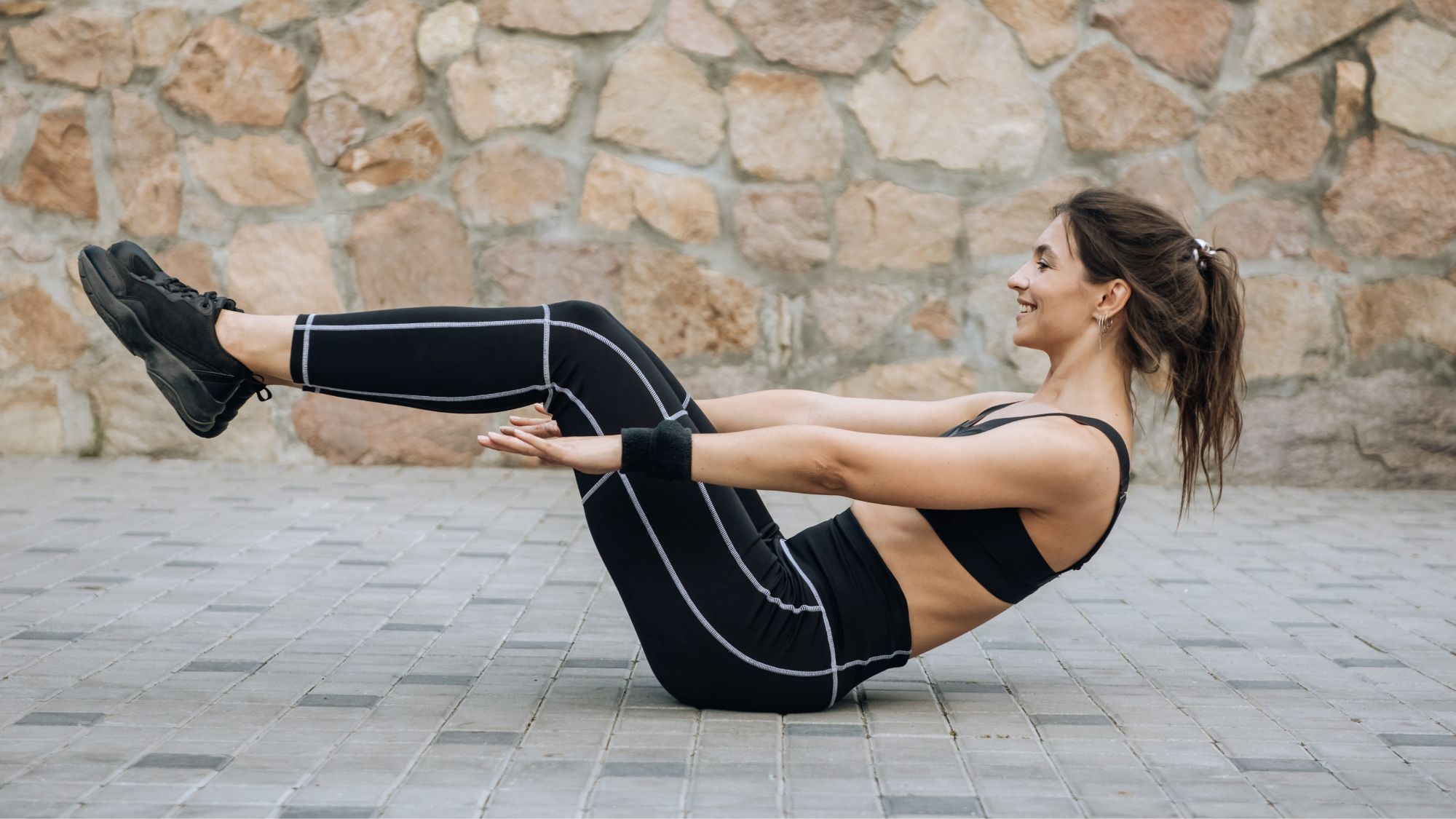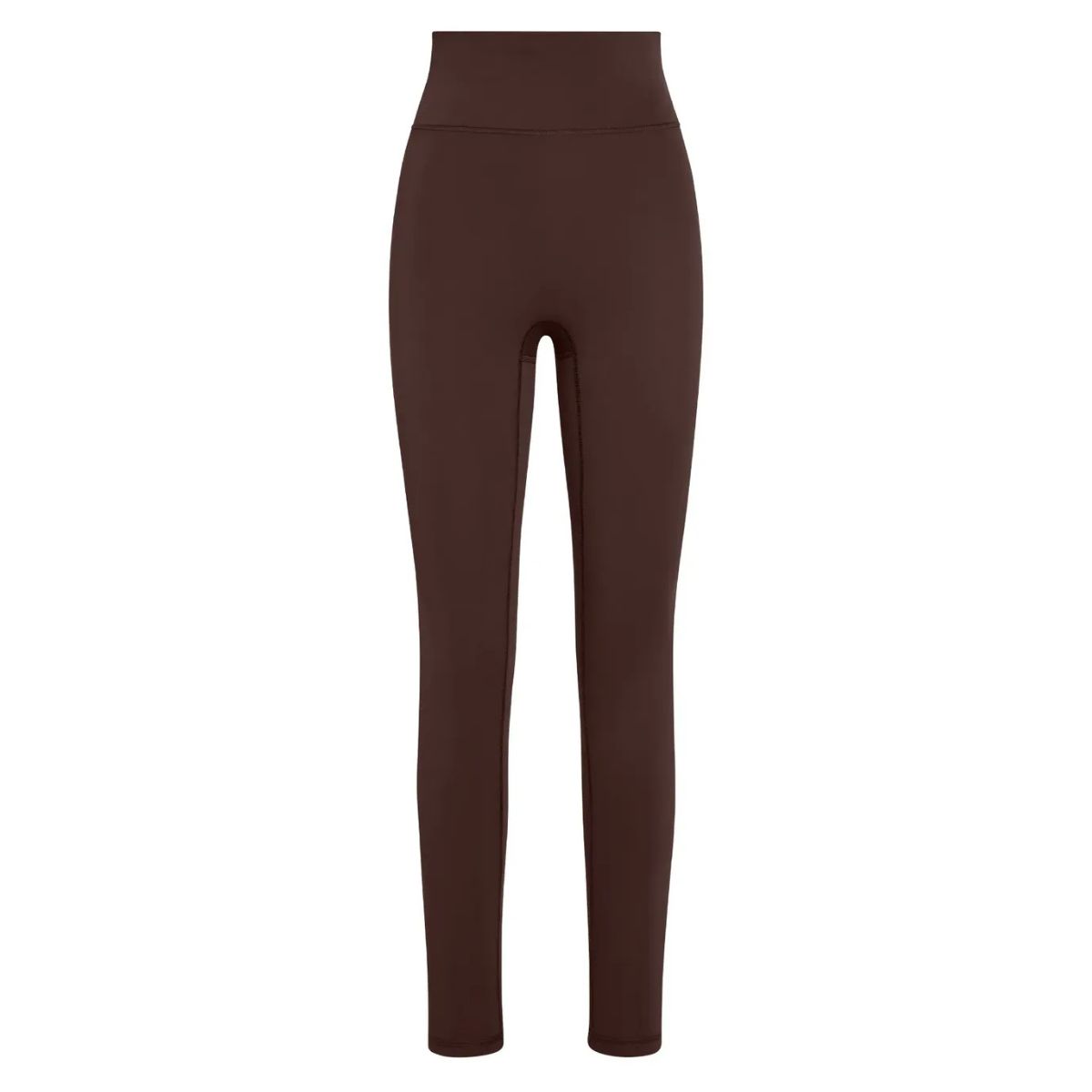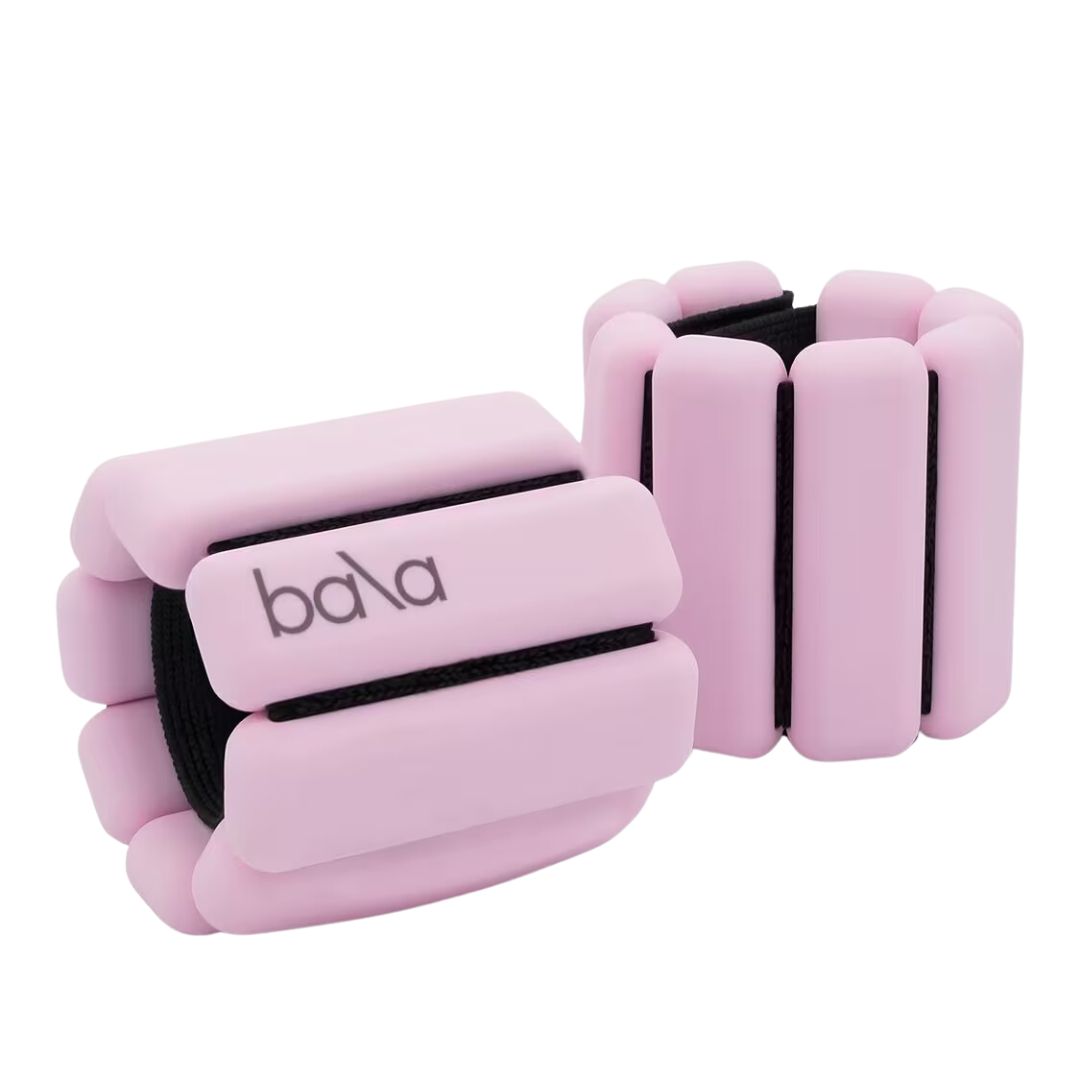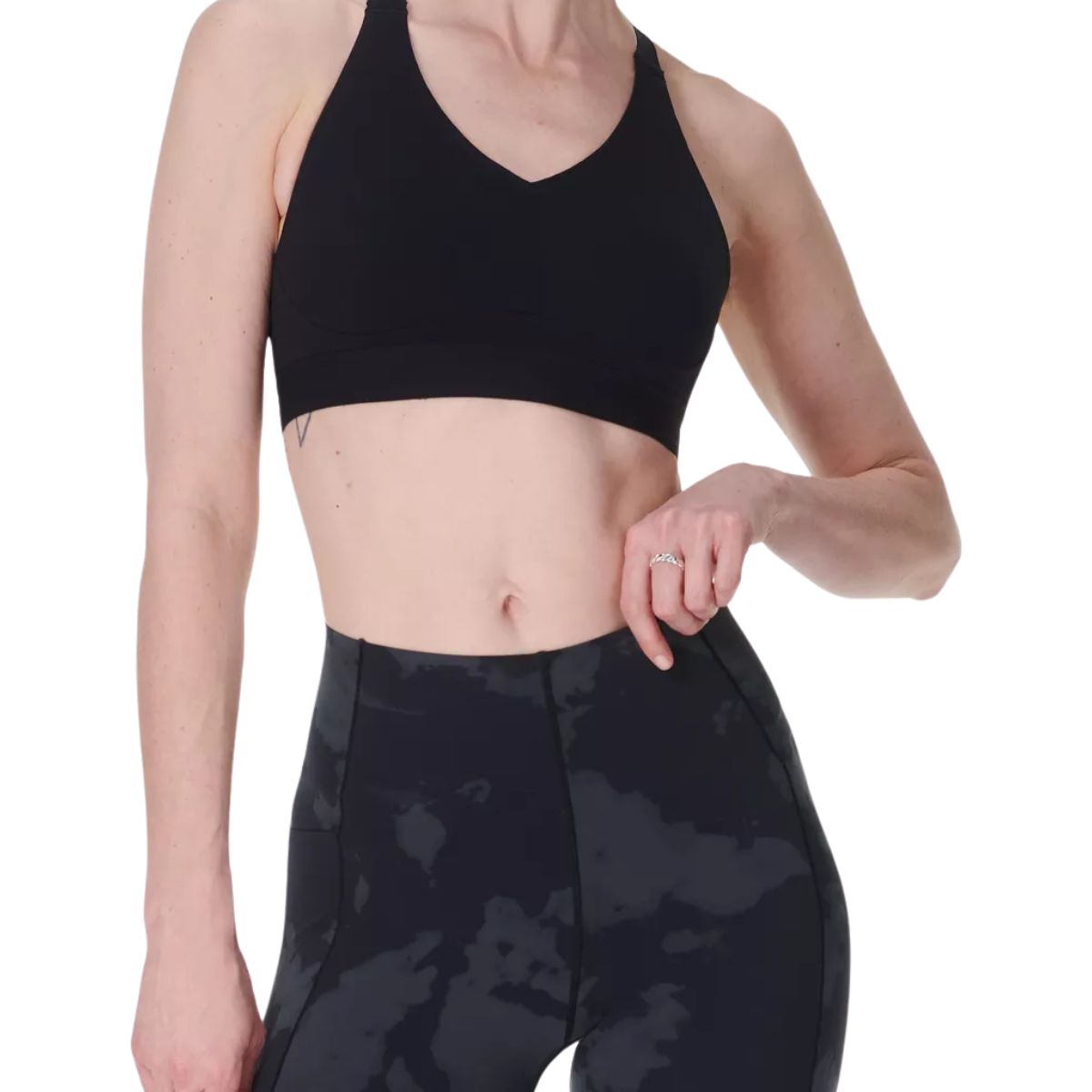Looking to Boost Both Strength and Longevity? These are the Only 5 Moves a Trainer Recommends
Whether your goal is to build strength, protect your joints, or feel more capable in everyday life.


If you’re just starting out on your fitness journey - or even if you're slightly more experienced and know a thing or two - the sheer number of exercises, apps, and Instagram reels out there can feel overwhelming, to say the least. From fancy machines to complicated routines, it’s easy to get lost in the noise and wonder which moves are actually worth your time.
That’s where expert guidance comes in. I spoke to a renowned personal trainer to find out the best workout moves for strength and longevity, and the advice was refreshingly simple: you don’t need dozens of exercises or a full gym setup to get started. Instead, there are a handful of tried-and-tested moves that target key muscle groups, improve balance, and help keep your body resilient as you age.
Whether your goal is to build strength, protect your joints, or feel more capable in everyday life, focusing on these foundational exercises is a smart place to start. Here’s the guide every beginner needs — no gimmicks, just the moves that truly make a difference.
Interested in diving deeper into the world of longevity? Check out our guides to the best longevity exercises and the best longevity workouts, here.
ICYMI: These are the best workout moves for strength and longevity, according to a top PT
Why try the best workout moves for strength and longevity?
Before we dive into the exercises, it's always helpful to break down why we should start strength training in the first place.
Well, a multitude of reasons, as it turns out. Strength training has been enjoying a well-deserved spotlight in recent years, shifting from the territory of dedicated gym bunnies to pretty much anyone wanting to improve their overall health and wellbeing - regardless of age or gender.
Because the benefits of strength training go beyond increasing muscle mass. Of course, that's the start of it, but it's what the increased muscle mass means for us that really matters. Research has proven that more muscle mass can lead to better longevity, meaning strength training can literally help us live longer.
Celebrity news, beauty, fashion advice, and fascinating features, delivered straight to your inbox!
We can put this down to a number of things, including the stronger bones, better metabolism, and boosted cardiovascular health that all come from stronger muscles.
The takeaway? Starting strength training is one of the best things you can do for your long-term health. Period.
@elisesbodyshop ♬ Formation (Originally Performed by Beyonce) [Instrumental Version] - Hit The Button Karaoke
5 best workout moves for strength and longevity
And to keep things simple, I asked Sarah Campus, a NASM-qualified personal trainer and gym instructor, to recommend the best workout moves for people just starting out on their strength training journey.
Bookmark the five moves below and give them a try, at home or in the gym.
1. Bodyweight squats
What? Stand with your feet just over shoulder-width apart and your toes pointing ahead. Slowly descend, bending through the hips, knees and ankles. Stop when your knees reach a 90-degree angle, then return to starting position.
Why? The humble squat is a classic for a reason, activating your legs and core. "It's particularly good for working your quads, glutes, hamstrings," Campus adds.
How many? 8-10 reps, 2-3 rounds with 1 min rest.
2. Bodyweight glute bridge
What? Lie on your back and set your knees about shoulder-width apart, with your feet flat to the ground and your knees bent. Make sure your toes are pointed straight forward and that your heels are 6–8 inches from your glutes. Slowly raise your hips, engage your glutes, and squeeze your abs. Hold for a few seconds at the top, then slowly lower back down.
Why? Glute bridges are great for targeting the glutes, hamstrings, and lower back.
How many? 10-15 reps, 2-3 rounds with 1 min rest.
3. Press ups
What? Start with your hands a little wider than your shoulders, knees on the floor, and feet curled together in mid-air. Focus on keeping your shoulders away from your ears with your core engaged, then lower your chest towards the floor with your elbows below your shoulders, creating an arrow shape with your body. Then, push the floor away from you until you fully extend your arms.
Why? "Press ups are a classic exercise that will fire up your chest, shoulders, triceps, and core," Campus advocates. When you feel ready to advance, start with your knees off the floor in a high plank position.
How many? 5-10 reps, 2-3 rounds with 1 min rest.
4. Plank
What? This one's a static move, so it's all about getting into the correct position and holding. Start in a press up position, ensuring your back is straight and both your core and glute are engaged. Hold without allowing your hips to sag, keeping everything locked in place. And don't forget to breathe.
Why? "The plank is a great beginner move because it engages all aspects of your core, including the abdominal muscles, obliques, and deep stabiliser muscles," Campus says. There are plenty of plank variations to try once you feel comfortable with the move, too.
How long? 20-30 second hold.
5. Bird dog
What? On all fours with your hands under your shoulders and knees under your hips, extend your right leg behind you. At the same time, reach your left arm out in front, parallel to the ground. Hold for two seconds, then repeat on the other side.
Why? Bird dogs are perhaps the least known of the moves in our list, but they're perfect for core stabilisation, plus lower back and glute activation.
How many? 8-10 reps per leg, 2-3 rounds with 1 min rest.

Shop your fitness essentials here:

Probably my favourite pair of gym leggings that I've tried (and that's no easy feat). Shop our edit of the the best Monday Body activewear, here.

Investing in a pair of the best ankle weights is an easy way to up the intensity of strength training workouts. To read one MC UK Health Writer's Bala Bangle review, look no further.
How often should you strength train as a beginner?
"I advise aiming to strength train two times per week to start with, for around 20-30 minutes each session," Campus recommends. "After six weeks, you can increase this to three sessions per week."
Campus emphasises the importance of listening to your body when starting out with strength training. "If you're experiencing soreness or notice your form starts to suffer, give yourself some extra rest time," she says.

Katie Sims is a freelance journalist who writes about a variety of topics for publications including Woman&Home, Liz Earle Wellbeing, Who What Wear, and Ideal Home. She graduated with a Master's in Media and Journalism in 2021 and has been writing engaging digital content ever since. Her biggest passion is all things health and wellness, and she's tested fitness devices, workout methods, and nutritional advice to see what can help her (and others) feel good from the inside out. She's also a lover of beauty, particularly skincare. When she's not writing health and wellness content, she'll either be on a long walk, at a Pilates class, or tackling her long list of books to read.




